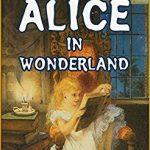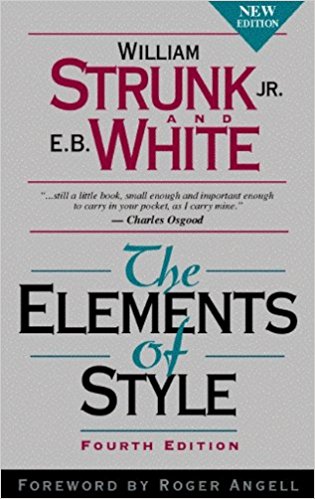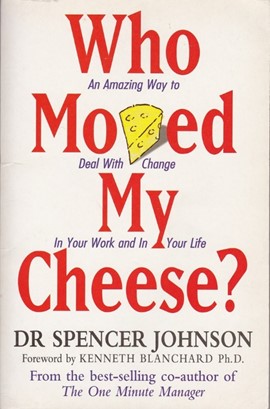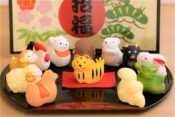【洋書レビュー(10) The Elements of Technical Writing 英文テクニカルライティングの不朽の名著!】
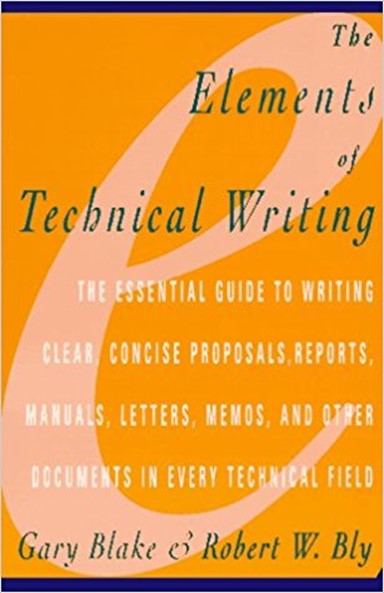
かなり久々の洋書レビューです! Tak石河
Tak石河

The Elements of Technical Writingの総評
お勧め度
★★★★★(★5つ、英語でライティングをされる方、またこれからしてみようという方は、是非おすすめ!)
おすすめする読者層
Lv.4 上級者、Lv.5 最上級者
分野
テクニカルライティング、ライティング全般
Tak石河レビュー
この本は、英語のライティングの中でも、「読み手に文章の内容を(1)正確に、(2)明確に、(3)簡潔に、伝えること」を目的とする、技術系英文ライティングについて学べます。 Tak石河
Tak石河
まず、貴様が何を言っているか全然分からんな! 自称テクニシャンの浅田さん
自称テクニシャンの浅田さん
はい、紹介しておいて何ですが、この本は上級者向けだと思います。ただ、学校や仕事でライティング、特に技術系のライティングをされている方/これからしようと思っている方は、業界内では知らない人はいない名著ですので、是非チャレンジしてみてほしいですね。 Tak石河
Tak石河
でも、文章を書くって、そんなに難しいことなの? Diana
Diana
適当に、間違っていてもいいんであれば、誰でもできるんだけどね。難しいのは、(1)正確に、(2)明確に、(3)簡潔に、伝えることなんだ。これはネイティブスピーカーでも、少なくとも数年間はちゃんと学ばないと、身につかないスキルだと言われている。 アメリカ人同僚 盟友Liam
アメリカ人同僚 盟友Liam
日本語でも、(1)正確に、(2)明確に、(3)簡潔に、文章を書くって難しいのと一緒ですね。 Tak石河
Tak石河
例えば、(1)正確に、とはどういうことか、以下の例文を見てみよう! アメリカ人同僚 盟友Liam
アメリカ人同僚 盟友Liam
別に、普通じゃない? Diana
Diana
普段の会話レベルでは普通なんだけどね。ただし、これでは、十分にってどのくらい?何度まで?何分間?…といったことが分からないんだ。専門的な技術文章では、読み手を迷わせないよう、具体的に書く必要がある。 アメリカ人同僚 盟友Liam
アメリカ人同僚 盟友Liam
例えば、以下のように修正できますね。 Tak石河
Tak石河
Heat the structure for 10 minutes.(その構造物を10分間加熱してください)
Heat the structure to 180℃.(その構造物を180℃になるまで加熱してください)
では次に、(1)正確に、(2)明確に、(3)簡潔に、この3つを使って、テクニカルライティングの技術を駆使すると、文章はどう変化するか、見てみよう!
In this book, I have attempted an accurate but at the same time readable account of recent work on the subject of how gene controls operate, a large subject which is rapidly acquiring a central position in the biology of today and which will inevitably become even more prominent in the future, in the efforts of scientists of numerous different specialisms to explain how a single organism can contain cells of many different kinds developed from a common origin.(79 words)
(Cited from “The Elements of Technical Writing”)
何だか、長々してて、何が言いたいかよく分からないわね… Diana
Diana
Zzzzz…. 脳の活動が停止した浅田さん
脳の活動が停止した浅田さん
これを、Technical writingの技術を使ってリライトすると、こうなるよ! アメリカ人同僚 盟友Liam
アメリカ人同僚 盟友Liam
This book is about how gene controls operate-a subject of growing importance in modern biology.(15 words)
(Cited from “The Elements of Technical Writing”)
短っ!そして、分かりやすい!つまり、「この本は『近代生物学のの重要な議題―遺伝子制御がどのように作用するか―』」について書いているのね! Diana
Diana
(1)正確に、(2)明確に、(3)簡潔に―この三原則は、(1)Correct, (2)Clear, (3) Conciseと言われていて、テクニカルライティングの3原則と言われている。 アメリカ人同僚 盟友Liam
アメリカ人同僚 盟友Liam
この本はどこで買えるのかしら? Diana
Diana
そして、残念ながら今では、絶版になってしまっています(汗)。ただし、amazon等で中古で買うことができます! Tak石河
Tak石河
最後に、折角なので、この本から学べることを、以下に簡単に英文で書いてみたよ。これを見て、何かピンときた人は、きっとこの本を読むことで学ぶことが沢山あると思う。 アメリカ人同僚 盟友Liam
アメリカ人同僚 盟友Liam
うげぇええーーーー。もう俺全くついていけないから帰って寝るわ。 Sales Manager浅田さん
Sales Manager浅田さん
そういう場合は、もうちょっと難易度を下げて、読みやすい洋書にするのがおすすめですね(笑) Tak石河
Tak石河
What you can learn from “The Elements of Technical Writing”
What is technical writing?
Technical writing is any written form of writing or drafting technical communication used in a variety of technical communication used in a variety of technical and occupational fields, as computer hardware and software, engineering, chemistry, aeronautics, robotics, finance, medical, consumer electronics, and biotechnology.
The goal of technical writing
The goal is to present the information in a way that the intended reader will understand it with a single reading.
The reader needs information; the technical writer conveys that information just as quickly and painlessly as possible based on the 3C (Correct, Clear and Concise) principles. Clear, fast communication is the goal.
3C(Correct, Clear and Concise)
The major characteristics of technical writing is the so-called 3C’s: Correct, Clear and Concise.
Reasons
- Correct information is what the reader needs. Correctness is of utmost importance.
- Clarity facilitates understanding and interpretation of the message. (In other words, clarity prevents misunderstanding or misinterpretation of the message.)
- Clarity and conciseness can save time, thus enhancing work efficiency and productivity.
Qualities of technical writer
- The technical writer knows materials well enough to explain it simply.
- The technical writer must understand the importance of communicating clearly within the boundaries of the reader’s active vocabulary.
- The technical writer must work hard to develop writing skills.
How to write various types of manuals
Installation manual
How to install a device or piece of equipment correctly and safely.
Instruction manual
How to operate equipment.
Operations manual
How and why a piece of equipment works in theory and practice.
Sales manual
How to specify and purchase equipment. These manuals contain product specifications, pricing, and other information sales-people use to sell products.
System documentation
How a system was designed, what it does, what the components are.
User’s manual
How to use software, a computer, or any other system or device.

